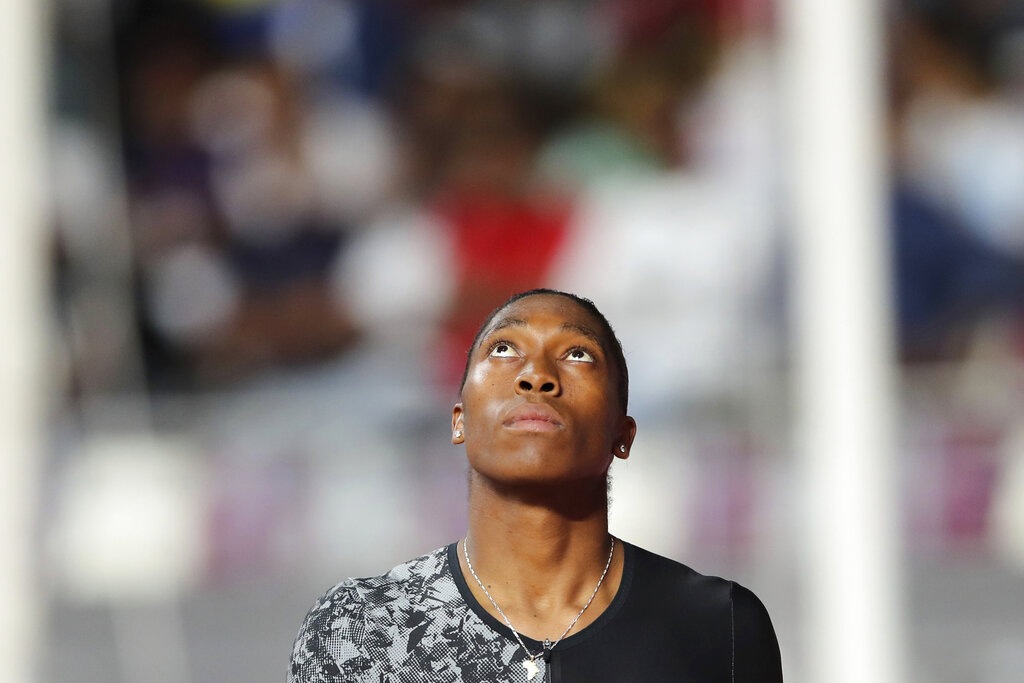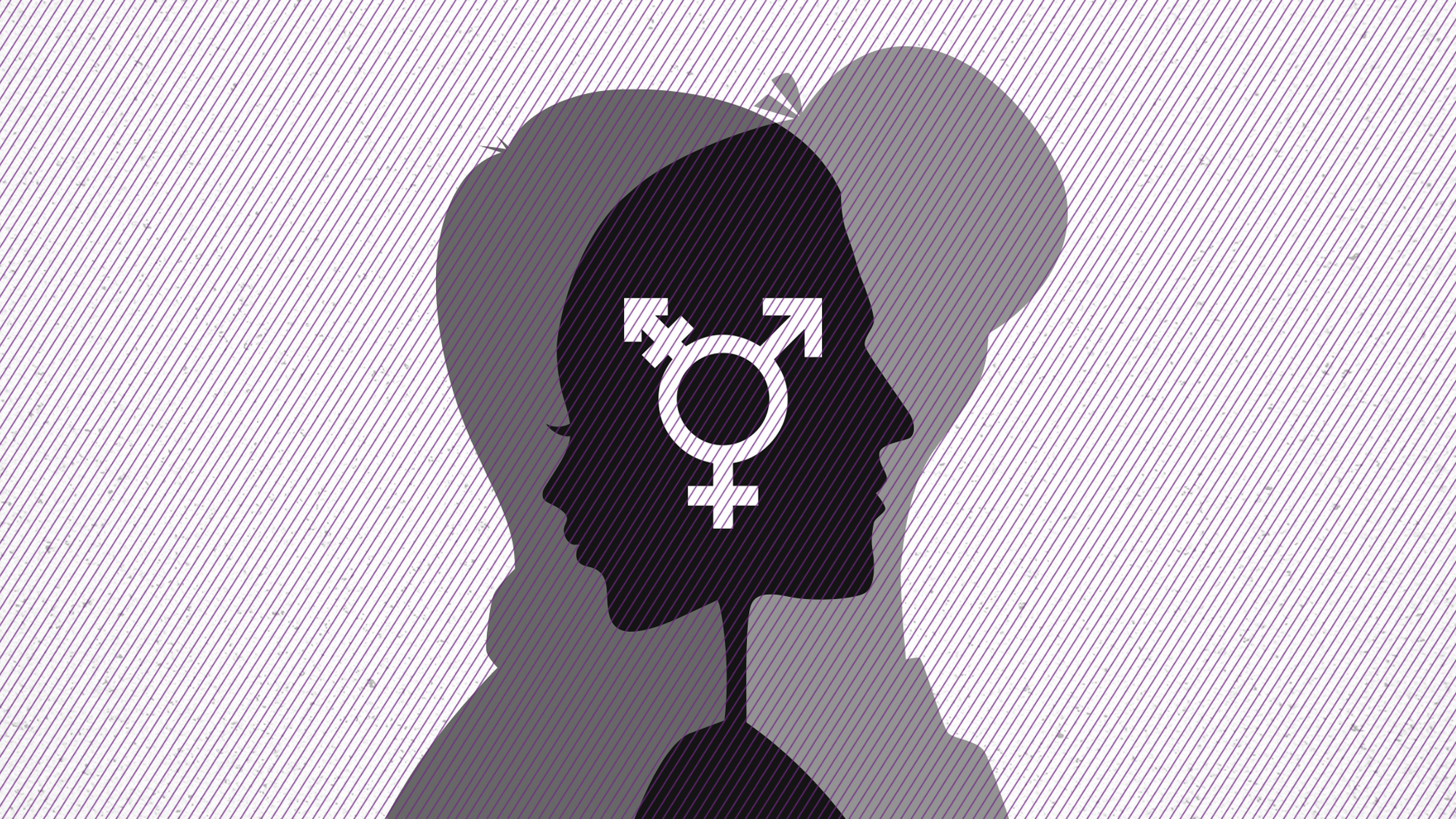Shannon Kim Wagner is Executive Director of `Women’s Strength Coalition`, a nonprofit whose mission is to build stronger communities through increased access to fitness, sport, and strength training. The organization envisions a world where everyone has equal opportunity to express their voice and embrace their power.
On Tuesday, June 18, 2019, the Court of Arbitration for Sport (CAS) released documents upholding the International Association of Athletics Federation’s (IAAF) assertion that Caster Semenya, an elite middle-distance runner, is a “biologically male athlete” with a “female gender identity.” It was thus determined Semenya either adhere to the new DSD Regulations (Athletes with Differences of Sex Development) put forth by the IAAF, and take measures to lower her naturally occurring testosterone levels, or lose her ability to continue her athletic career, which is also her livelihood. The ruling came despite CAS’s own admittance in these same documents that “Semenya is a woman”, “determined female at birth,” who is one of the most “accomplished female athletes in the history of sport.”
CAS’s dismissal of Semenya’s joint case with Athletics South Africa (ASA), and the regulations themselves, are rooted in misogyny, racism, and a concerning simplification of the modern understanding of gender and sex identity. The evidence proffered by field professionals highlights how the discriminatory policy violates athletes’ basic human rights, hinders their ability to thrive, and is, in essence, a shadow ban on transgender athletes.
Semenya’s body has been scrutinized by the IAAF, and widely discussed by the general public, for nearly ten years. The experiences she has suffered as a result have been the most “profound and humiliating” of her life and have caused “immense pain and suffering”. At 18 years old, in the weeks prior to the August 2009 World Championships, a gynaecologist was sent to examine her genitals. Semenya didn’t learn till after the fact that she’d just been subject to her first “gender verification test”. When she went on to win gold in the 800m event, the IAAF conducted an additional exam at a hospital in Germany. An exam, Semenya says, she “had no choice but to comply with,” as it “was an order by the IAAF”.
A senior IAAF official reported, “It is clear that [Ms. Semenya] is a woman, but maybe not 100 percent”. In order to keep running professionally, she was told to take testosterone-suppressing medication. The contraceptive, which she took orally for five years, caused fevers, abdominal pain, constant nausea, and had a major psychological impact. Dr. Philda de Jager, a general practitioner with a speciality in sports medicine, said Semenya was a “completely different person” while undergoing this mandated medical intervention.
“I will not allow the IAAF to use me and my body again,” Semenya stated. In 2010, when she first began the medication, she believes there was little to no information published on how the contraceptive would affect her mood and health. As a result, she says she was experimented on and treated like a “lab rat” to study how the medication affected testosterone levels.

It is not just about the right to compete in sport. It is about the right to be human
Caster Semenya, athlete
Semenya “simply wishes to be able to compete free of drugs, free of speculation, and free of judgement”, naturally, as she was born. No such examinations and regulations exist for athletes in the male division. Kyle Knight, a researcher on LGBT rights at Human Rights Watch, submitted that these regulations are “open to abuse” by IAAF officials, as “they confer absolute authority (...) to investigate any athlete of their choosing.” These investigations, which can theoretically be initiated based on the female athlete’s appearance and adherence to acceptable gender norms, may inevitably lead to situations “where the bodies of female athletes are scrutinized through subjective and discriminatory frameworks and stereotypical understandings.”
In addition to the troubling undertones associated with the governance of female bodies and the IAAF’s classification of gender according to a strict, outdated binary are the incredibly harmful consequences of majority white bodies imposing arbitrary rules on Black bodies and other people of colour. Semenya comes from a small, impoverished village in the Limpopo Province of South Africa. Her dedication, as well as her natural talent for running, propelled her to the elite level in international athletics. Running became not just her sport of choice, but also her livelihood.
Dr. Eric Vilain, an advisor to the International Olympic Committee on the development of policies surrounding female athletes with higher testosterone levels, also submitted expert evidence on behalf of Semenya. He noted a severe lack of diversity in representation in the meetings held by the IAAF in which policies were considered. Vilain states that “the composition of the committees was overwhelmingly white.” When you contrast that fact with the assertion by Dr. Payoshni Mitra, a researcher in the field of women and sports in India, and Isabel Goodman and Ofentse Molthasedia, two high court advocates in South Africa, that the DSD regulations “will disproportionately affect women of colour... from the Global South”, it’s easy to conclude that the policy continues the long, marginalizing tradition, of white people asserting dominance and control over non-white bodies.
Similarly, no “current elite or Olympic-level athletes with DSD attended the meetings” to lend their voices to the policy as it was being drafted, but three white, cisgender athletes were asked to attend meetings and contribute.
Being labeled as male “hurts more than I can put in words,” says Semenya, who won an interim ruling to suspend the hormone regulations after appealing the verdict to Switzerland’s supreme courts. Top IAAF officials are still pushing to police her body under the guise of “fair play”. They are taking away her livelihood and her ability to thrive and prosper, by literally making her ill, or banning her from sport.
They claim this is being done to ensure the sanctity of the female “protected class”.
But who is protecting Caster?













